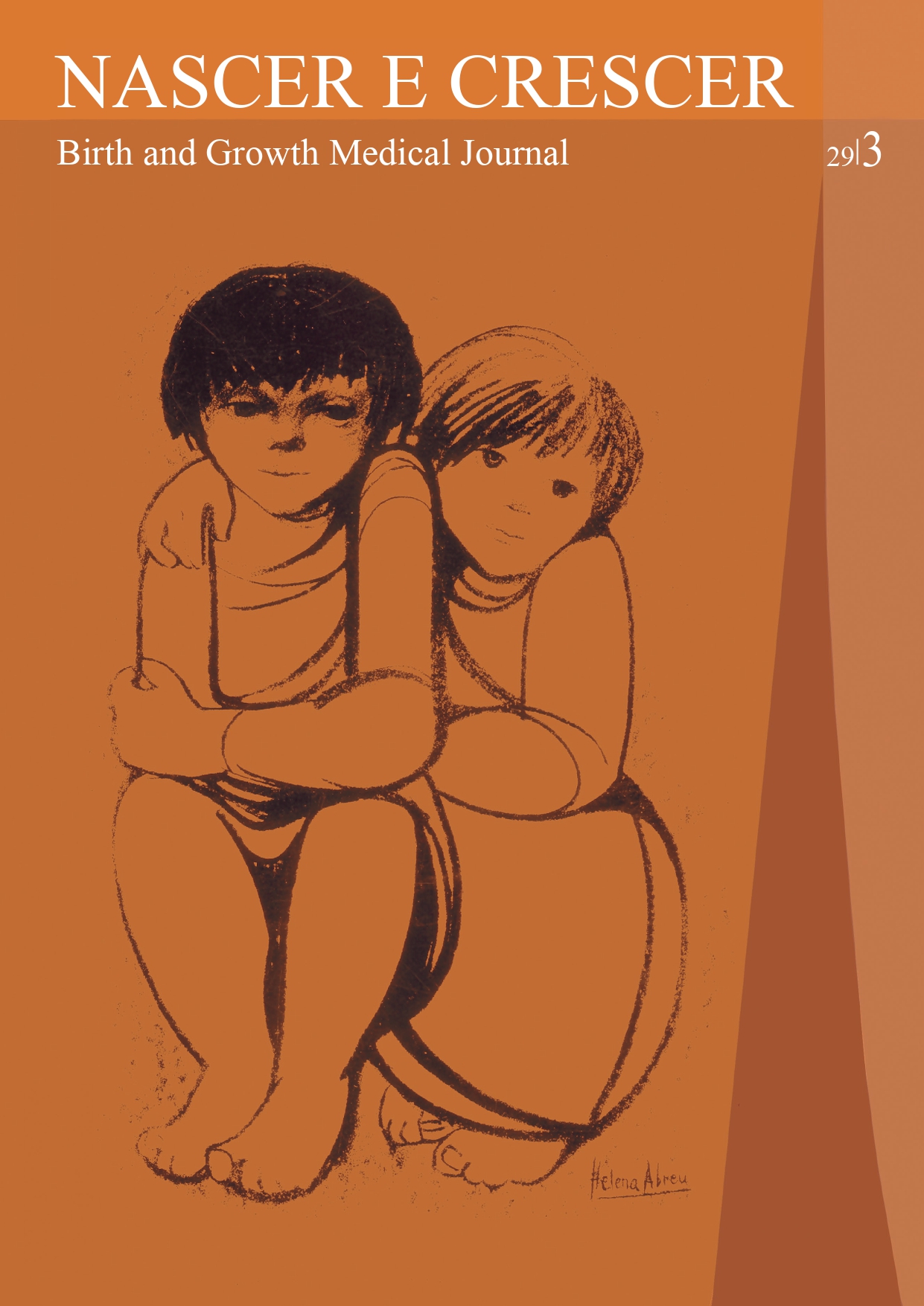Imaging clinical case
DOI:
https://doi.org/10.25753/BirthGrowthMJ.v29.i3.19083Keywords:
enthesophyte, hyperostosis, occipital bone, technologyAbstract
Case report: The authors present the case of a 15-year-old adolescent boy with occipital spur noticed since the previous year and with progressive enlargement. No history of trauma or other associated symptoms was evident. Physical examination showed a hard tumefaction with no inflammatory signs and x-ray revealed occipital hyperostosis. The boy spent most free time playing with mobile gadgets, with poor body posture.
Discussion/Conclusion: Although considered a normal feature, occipital spur in adolescents and young adults may be linked to poor posture, for instance associated with prolonged use of handheld technology. Exaggerated technology use may be associated with several complaints and musculoskeletal symptoms should not be neglected.
Downloads
References
Varghese E, Samson RS, Kumbargere SN, Pothen M. Occipital spur: understanding a normal yet symptomatic variant from orthodontic diagnostic lateral cephalogram. BMJ Case Rep. 2017; 2017.
Shahar D, Sayers MGL. Prominent exostosis projecting from the occipital squama more substantial and prevalent in young adult than older age groups. Sci Rep. 2018; 8:3354.
Shahar D, Sayers MG. A morphological adaptation? The prevalence of enlarged external occipital protuberance in young adults. J Anat. 2016; 229:286-91.
Moller LT, Zeynep. Occipital Horn Syndrome Orphanet encyclopedia2011. Available from: https://www.orpha.net/consor/cgi-bin/OC_Exp.php?lng=EN&Expert=198.
Toh SH, Coenen P, Howie EK, Mukherjee S, Mackey DA, Straker LM. Mobile touch screen device use and associations with musculoskeletal symptoms and visual health in a nationally representative sample of Singaporean adolescents. Ergonomics. 2019; 62:778-93.
Straker LM, Coleman J, Skoss R, Maslen BA, Burgess-Limerick R, Pollock CM. A comparison of posture and muscle activity during tablet computer, desktop computer and paper use by young children. Ergonomics. 2008; 51:540-55.
Downloads
Published
How to Cite
Issue
Section
License
Copyright and Authors' Rights
All articles published in Nascer e Crescer - Birth and Growth Medical Journal are Open Access and comply with the requirements of funding agencies or academic institutions. For use by third parties, Nascer e Crescer - Birth and Growth Medical Journal adheres to the terms of the Creative Commons License "Attribution - Non-Commercial Use (CC-BY-NC)".
It is the author's responsibility to obtain permission to reproduce figures, tables, etc. from other publications.
Authors must submit a Conflict of Interest statement and an Authorship Form with the submission of the article. An e-mail will be sent to the corresponding author confirming receipt of the manuscript.
Authors are permitted to make their articles available in repositories at their home institutions, provided that they always indicate where the articles were published and adhere to the terms of the Creative Commons license.


